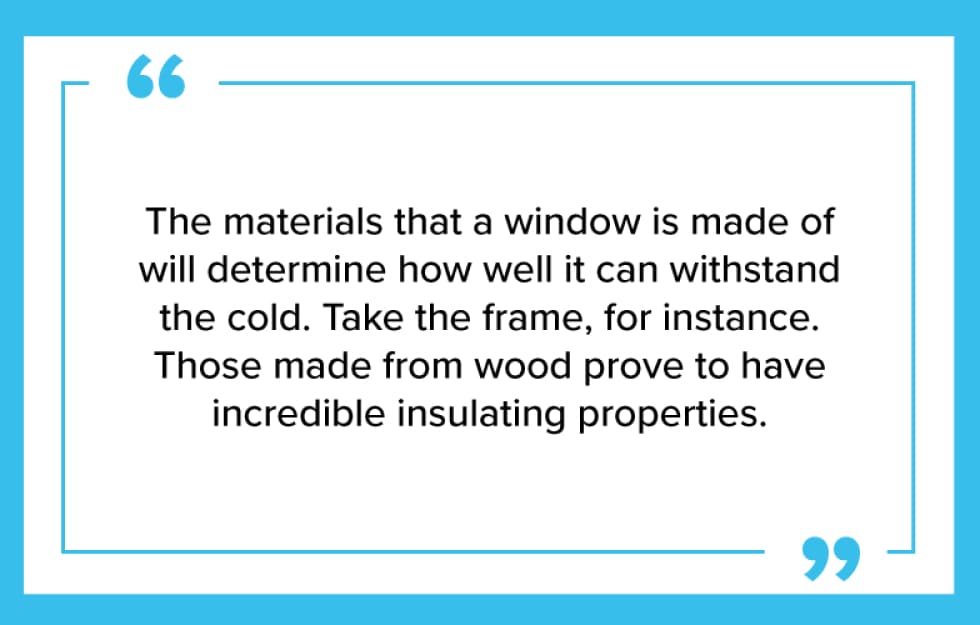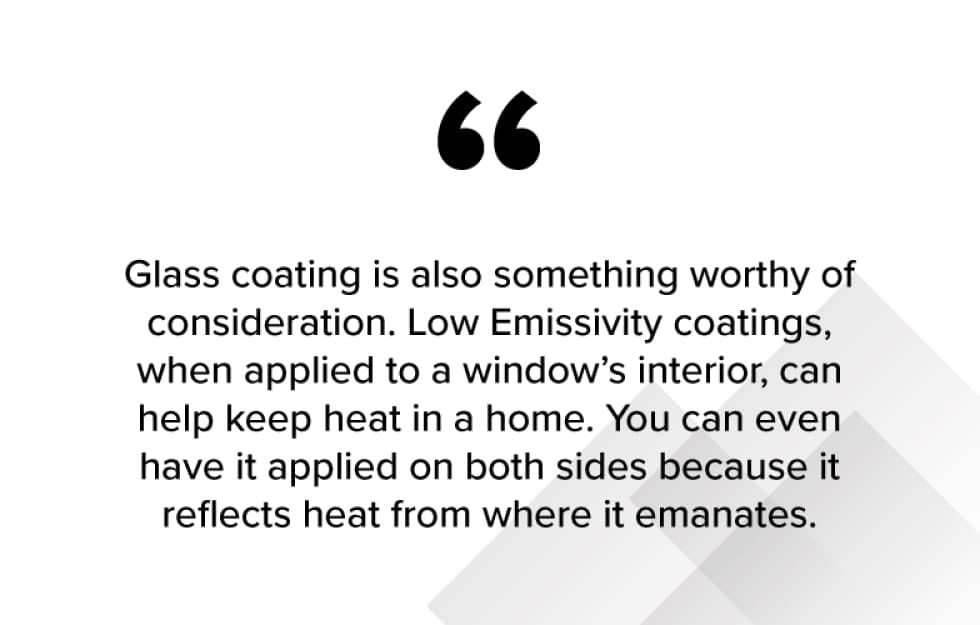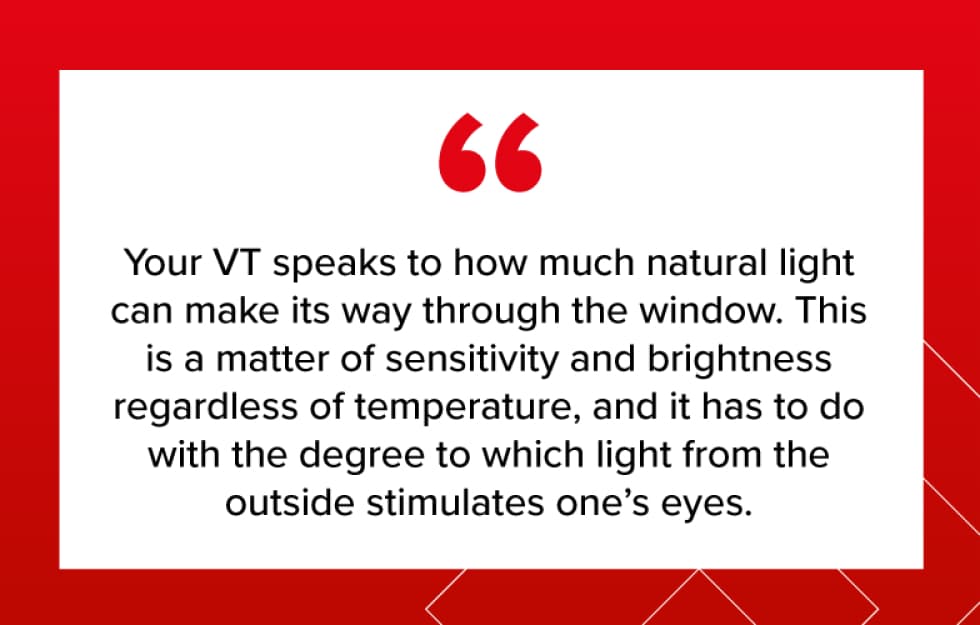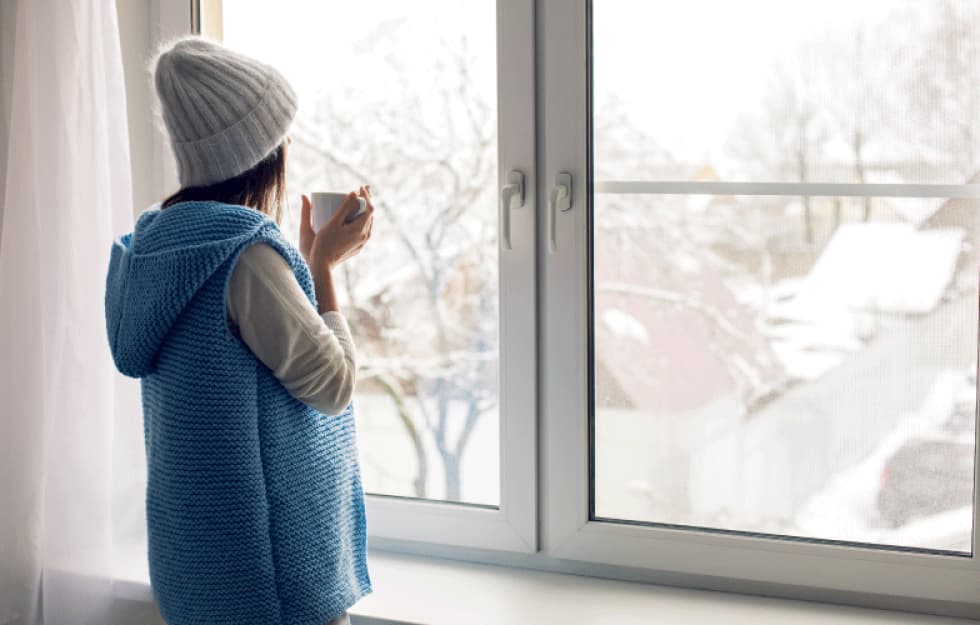Arizona winters in the North can be seriously cold, with some areas clocking temperatures below zero. You want to make sure your home is fortified against those frigid conditions by making the right window selection. Your windows are, after all, portals to the outside world.
Closing a window doesn’t make it impenetrable to cold drafts, though. The way a window is designed, manufactured, and installed is what determines its resistance. You need to know what it takes to recognize the ones suitable for your climate. If you live in a place where shivering is part of life, here’s how you can navigate the whole process:
Components
The materials that a window is made of will determine how well it can withstand the cold. Take the frame, for instance. Those made from wood prove to have incredible insulating properties, and you’ll do well to complement that insulation with additional protection.
It’s like with aluminum windows; unless they’re given a protective border through thermal breaking, they’ll let the cold in. Overall, wood-clad, vinyl, and fiberglass frames are the most effective against extreme weather. Composite frames also perform extremely well in the same conditions.

Frame
Wooden frames with a Fibrex exterior are a good example of effective composite fiber. Fibrex is a composite material produced exclusively by Andersen Windows and it consists of about 60% thermoplastic polymer and 40% wood fiber or sawdust. This wood fiber or sawdust is made from recycled materials, making it an eco-friendly material. Other brands may have their own patented material used in composite frames.
Vinyl window frames are a good bet too, since they’re normally insulated. Vinyl will resist the elements without changing shape or sustaining damage which is a good thing if you’re in Arizona where it can get extremely hot or cold on a dime. Also, vinyl window frames won’t expand with the heat and contract with the cold. Instead, they’ll maintain their structural integrity all year round.
Fiberglass window frames share the same characteristics as vinyl frames. Since this is a higher quality material though, it’ll typically be more expensive than both vinyl and wood. A good fiberglass frame can last up to 50 years while being resistant to denting, corroding, scratching, and warping. Even the heaviest of storms are simply no match for this kind of frame.
Glass
When it comes to the glass, you ought to look for those with multiple panes. Double-paned and triple-paned windows will ensure that you retain as much heat within the window. Not only do you want windows with more panes, but you also need to go for those with bigger gaps between the panes. Apart from the panes of glass, it’s this space that serves as a barrier for the movement of heat.
You can tell how resistant window glass is to heat transfer by looking at the label. You’ll find there’s something called an R-value, which is a measure of resistance to heat transfer. The bigger the gap between the panes, the higher the R-value. After all, it’s in these air gaps where warmer air is stored.
Coating
Glass coating is also something worthy of consideration. Low Emissivity coatings, when applied to a window’s interior, can help keep heat in a home. You can even have it applied on both sides because it reflects heat from where it emanates. There’s no need to be concerned with visibility as these coatings are invisible to the human eye.

Numbers
In order to learn the specifications of each window, you’ll have to look at its performance ratings. You’ll find these on the label, and they’ll help you figure out how efficient a window is. You have the u-factor, Solar Heat Gain Coefficient, and Visible Transmittance. Depending on your kind of climate, you’ll hunt for either higher or lower figures.
U-factor
For chilly weather, it’s in your best interests to allow the heat to flow slower through your windows. The u-factor expresses the rate of this heat transmission and a lower u-factor is suitable for colder areas. It’s important to note that glass and glazing may have their own u-factors.
Your attention should also be drawn to NFRC U-factor ratings. That’s what will tell you how good the entire window is at preventing heat loss.
Solar Heat Gain Coefficient
This gives you an idea of how well a window deals with heat from the sun. This solar heat gain can come in the form of direct transmittance, or by way of absorption. The occasionally freezing conditions in northern Arizona call for windows with higher SHGC ratings. These will allow for heat gain when you need it most. Other factors such as the positioning of your home and how much shade it’s exposed to will dictate what the perfect SGHC will be as well.
Visible Transmittance
Your VT speaks to how much natural light can make its way through the window. This is a matter of sensitivity and brightness regardless of temperature, and it has to do with the degree to which light from the outside stimulates one’s eyes. VT can help indicate how susceptible a window is to glare and other effects of excess sunlight like bleaching of fabrics. Generally, speaking, however, a higher VT means you can benefit from what little sunlight is available in the cooler months.

Light-to-Solar Light Gain (LSG)
Another rating that has to do with light is the light-to-solar gain (LSG). This gives you an idea of how much light the window lets in while blocking out heat. While you won’t always find this on energy performance ratings, it should prove useful. The best LSG for the cold is one that’s less than 1. This shows that the window is more accommodating to heat and that’s what you want if you experience low temperatures.
Air Leakage
Another rating to look out for is air leakage. This tells you how much air you’ll have moving around a window with varying amounts of pressure spread throughout. A low air leakage rating is a sign that the window is airtight. As for a high air leakage rating, it means that your highly coveted warmth is prone to be lost through the window.
While manufacturers will be responsible for such poor inefficiency in their products, the quality of the installation also plays a role. Without proper professionals setting up your windows, your frame will leak more air, making it less energy efficient.
Shopping According to Geographic Zone
There are many sources of reference one can draw from when matching windows with your climate. There are tools and resources that can help you figure it out easily such as state fact sheets or climate zone maps.
You should also think about the position of the home and where the windows will go. The Department of Energy recommends an SHGC of 0.60 or higher for heat gain where it’s colder. They also suggest opting for a u-factor of 0.35. Your air leakage rating should be at 0.3 cubic feet per minute or below that. All these recommendations just go to show how you’re not alone in this numbers game, there’s help available.

Switching it Up
So maybe you’ve got windows in your home, but they aren’t keeping out the cold well enough. Sure, some will be worse at it than others, but the wisest thing you can do is replace them all at once. Once again, the importance of a highly competent installer has to be stressed. Otherwise, the entire project won’t prove as useful as you’d like.
It’s even more important to get quality installers that know what they’re doing in Phoenix, Arizona where snowfall is often reported in the higher elevations. With the combination of superior windows and the assistance of masters of the trade, you can’t go wrong.
Reading Up
It helps to know what you’re walking into, so you can better guide your vendor and installer.It’s also good to know the best window manufacturers out there, and the best part is that the experts haven’t fallen short in shedding insight on the whole journey. You could be putting new windows on a new house or looking for advice on window replacement, the information is there.
Furthermore, knowing all the different types of windows available and their different characteristics will put you in a better position to choose the best option for you. At the end of the day, a knowledgeable customer is more empowered and able to make better decisions.
And that’s how you cold-proof your home with the power of superior windows. Not only will your wallet thank you for embarking on this educational journey, but your comfort-seeking body also will too. The whole point of a home is having a haven you can find comfort in. Now that you have an idea about which windows are suitable for cold weather, you can relax and start curating your space.
